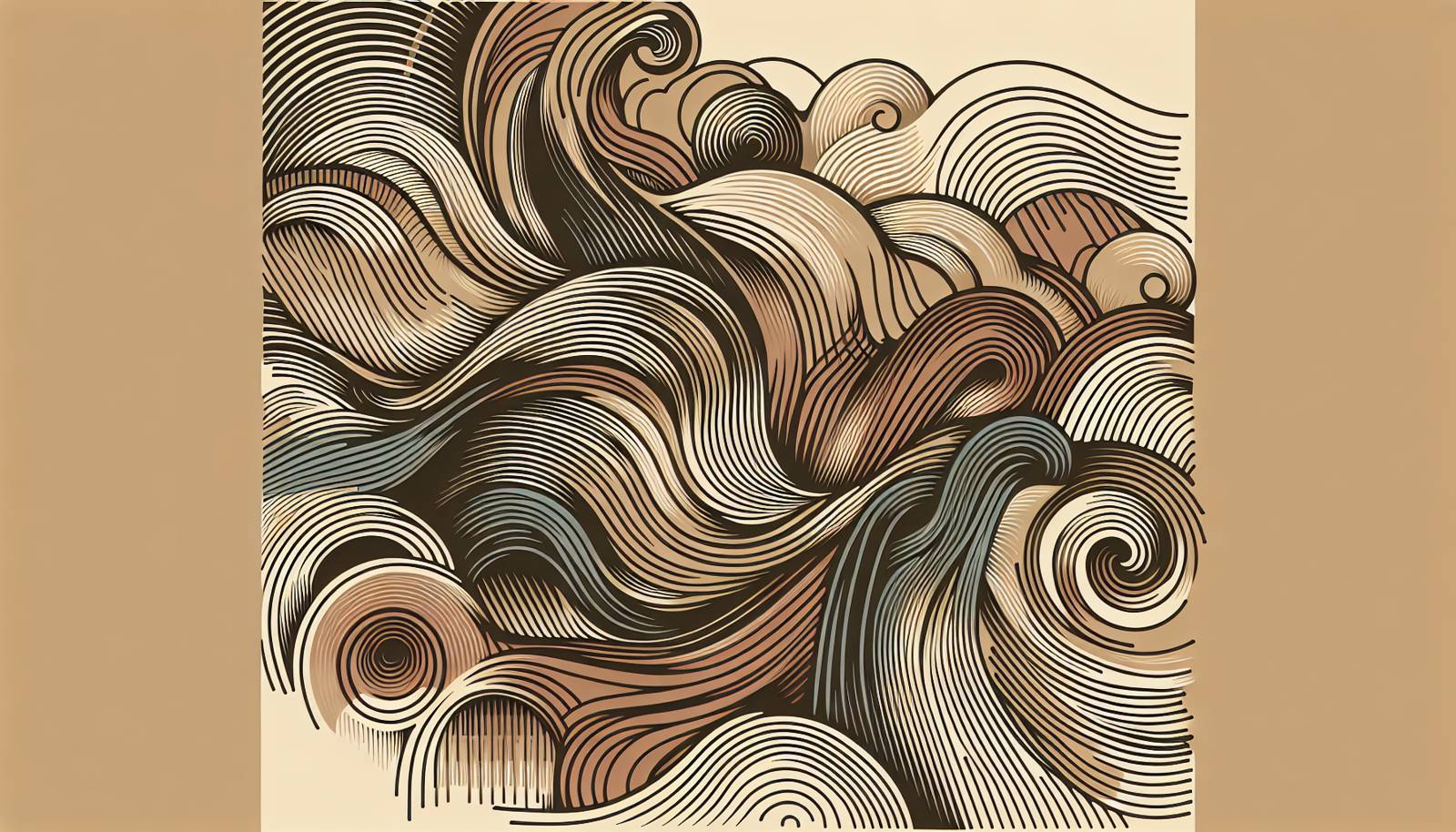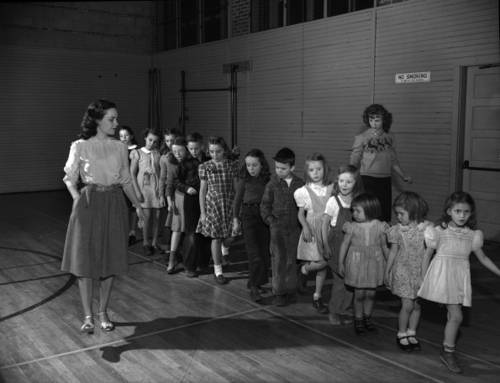
FAQ About The Cultural Roots of Tap Dance Evolution

What are the origins of tap dance?
Tap dance originated in the United States during the early 19th century, growing from a fusion of various cultural dances, including African, Irish, and English dance traditions. It emerged as a unique art form within African American communities, drawing heavily from those traditions to create its distinct rhythm and style.

How did tap dance evolve with different cultures?
Throughout its history, tap dance has absorbed and integrated elements from various cultures. Initially influenced by African rhythms and movements, it blended with European jigs and hornpipes. With time, performers from different backgrounds incorporated elements from jazz, swing, and later hip-hop, reflecting the dynamic nature of cultural exchange and evolution in tap dancing.

What impact did African American culture have on tap dance?
African American culture played a pivotal role in the development of tap dance. The rhythmic footwork and syncopation found in African dances laid the foundation for tap's signature style. Moreover, African American performers were instrumental in popularizing tap dance through vaudeville, Broadway, and film, showcasing its versatility and emotional depth.

How did tap dance influence music and performance arts?
Tap dance has significantly influenced music and performance arts by promoting rhythmic innovation and interaction between musicians and dancers. It introduced complex rhythmic patterns that have been incorporated into jazz and other music genres. Furthermore, tap dancing's theatrical quality has enriched musical theater and performance arts, highlighting the integration of sound and motion.

Who are some influential figures in the history of tap dance?
Several key figures have shaped the tap dance landscape, including Bill "Bojangles" Robinson, known for his smooth style and introduction of tap dance to a broader audience through films. Fred Astaire and Ginger Rogers brought sophisticated routines to Hollywood. More recently, performers like Savion Glover and Gregory Hines have continued to innovate and inspire new generations, fusing tap with contemporary styles.

How has tap dance been represented in popular media?
Tap dance has been a staple in popular media, particularly during the golden age of Hollywood with performers like Fred Astaire and Gene Kelly. Tap dance was featured in major films and television shows, providing mass audiences with a glimpse of its artistry. Broadway musicals have also prominently featured tap, further solidifying its place in popular culture.

What are the key characteristics of tap dance?
Key characteristics of tap dance include rhythmic footwork, syncopated movements, and a strong connection between movement and sound. Tap dancers wear specialized shoes with metal taps on the heel and toe, producing distinctive sounds that serve as a percussive element in performances. The dance emphasizes both improvisation and precise technique.

How did tap dance contribute to the Harlem Renaissance?
During the Harlem Renaissance, tap dance was a pivotal part of the cultural movement that celebrated African American artistic expression. It flourished in clubs and theaters like the Cotton Club, providing a platform for black performers to showcase their talents and contribute to the era's artistic explosion, further enriching the cultural tapestry of the time.

What role did vaudeville play in the spread of tap dance?
Vaudeville was crucial in spreading tap dance across the United States from the late 19th to early 20th century. It offered a platform for tap dancers to perform across diverse regions, enabling the exchange of styles and techniques. Vaudeville helped popularize tap dance as both an entertainment spectacle and a legitimate art form, reaching wider audiences.

How is tap dance taught and passed down through generations?
Tap dance is traditionally taught through studios and performing arts schools, where students learn both classical and contemporary techniques. Knowledge is often passed down from masters through mentorship and workshops. Tap festivals and competitions also serve as educational platforms, bringing together practitioners to share and innovate new styles.

What are some common misconceptions about tap dance?
A common misconception about tap dance is that it is solely a form of entertainment without serious artistic merit. In reality, it is a sophisticated art form requiring significant skill and discipline. Another misconception is that tap is outdated; however, it continues to evolve and remains relevant in contemporary music and dance scenes.

How does contemporary tap differ from traditional tap dance?
Contemporary tap dance integrates modern musical styles such as hip-hop and pop. While traditional tap focused on classic jazz rhythms and structured routines, contemporary tap incorporates more improvisation, technology like microphones for amplifying sound, and multimedia elements. This evolution reflects a broader acceptance and experimentation within tap as an art form.

What materials are tap shoes made from?
Tap shoes are typically made from leather or synthetic materials and feature metal taps on the heel and toe. These metal pieces, usually made from aluminum or steel, create the characteristic tapping sound when they strike the floor. The shoes are designed to be durable and provide the right amount of flexibility and support for various tap techniques.

How did the Great Depression affect tap dance?
During the Great Depression, tap dance was a popular form of affordable entertainment, providing escapism for audiences struggling financially. Tap acts were prominently featured in film musicals as lighthearted entertainment, offering temporary relief from economic hardships. This period also saw an increase in tap dance's visibility and popularity due to its energetic and uplifting nature.

What are some famous tap dance routines?
Some iconic tap dance routines include Bill "Bojangles" Robinson's stairs dance, Fred Astaire's "Puttin' on the Ritz," and the Nicholas Brothers' "Jumpin' Jive" from the film "Stormy Weather." These performances are celebrated for their technical brilliance, creativity, and ability to captivate audiences, remaining influential and inspiring tap dancers today.

Why is improvisation important in tap dance?
Improvisation is a key element in tap dance as it allows dancers to engage dynamically with music, expressing individuality and creativity. This spontaneous interaction with rhythm and sound differentiates tap from more structured dance forms. Improvisation encourages tap dancers to explore new patterns and movements, contributing to the art form's continual evolution.

How has tap dance been influenced by technology?
Technology has significantly influenced tap dance, particularly in how performances are amplified and recorded. With advances in audio equipment, tap dancers can now amplify their sound more effectively, allowing intricate footwork to be heard clearly. Additionally, digital recording and online platforms have enabled the global sharing of routines and techniques, fostering broader innovation and collaboration.

What is the role of rhythm in tap dance?
Rhythm plays a central role in tap dance, serving as both the framework and expressive medium for dancers. Tap dancers manipulate rhythm to create intricate patterns, syncopations, and accents that enhance the musical accompaniment. Mastery of rhythm allows dancers to communicate emotion and narrative, making rhythm an essential component of tap dance excellence.

How is tap dance celebrated worldwide?
Tap dance is celebrated worldwide through festivals, competitions, and performances that honor its rich history and cultural significance. Events such as the New York City Tap Festival and the Chicago Human Rhythm Project gather dancers from around the globe to perform, teach, and collaborate. These events help disseminate tap knowledge and inspire new generations of dancers, ensuring the art form continues to thrive globally.

What are some of the challenges facing modern tap dancers?
Modern tap dancers face challenges such as maintaining the art form's traditional techniques while innovating and staying relevant in today's diverse dance landscape. The need for broader recognition and funding for tap dance education and performance also presents ongoing challenges. Additionally, competitive entertainment markets demand that dancers constantly push creative boundaries to capture audiences' attention.
